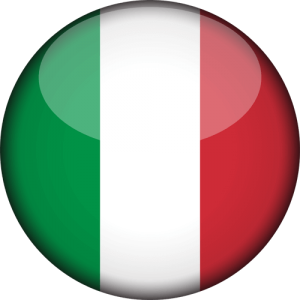To import and export goods into Canada, there are a few guidelines to follow. International.gc.ca, Canada’s governmental rules, and regulations website has stated that to import goods into Canada one must get an import permit. That is when Global Affairs Canada comes in: by the Export and Import Permits Act, they control imports of textiles and clothing, steel, wheat, barley and their products. These are all found on the Import Control List. (Global Affairs Canada, 2016) For a retail business to ship their product into Canada they must first go through Canada’s Global affairs who may grant the business permission for their goods to be imported into Canada. Once a business has been approved for an import permit they must pass the apparel guidelines.
Once a business has been granted with a permit they proceed with the next steps. This included labeling laws. Global affairs in Canada states, Goods for retail sale have to comply with labeling laws (Global Affairs Canada, 2016). Textiles have to follow the labeling regulations set by The Textile Labelling Act. Competitionbureau.gc.ca, the website for textile labeling restrictions in Canada states. The Textile Labelling Act is a regulatory statute. It requires that consumer textile articles bear accurate and meaningful labeling information to help consumers make informed purchasing decisions (Textile labeling, 2018). The labeling guidelines are that the label must contain fiber content. This allows customers to be aware of what fibre content they will be purchasing to make the right purchasing decision.
Figure 26.
A ship loaded with large shipments on the Ocean (year)







